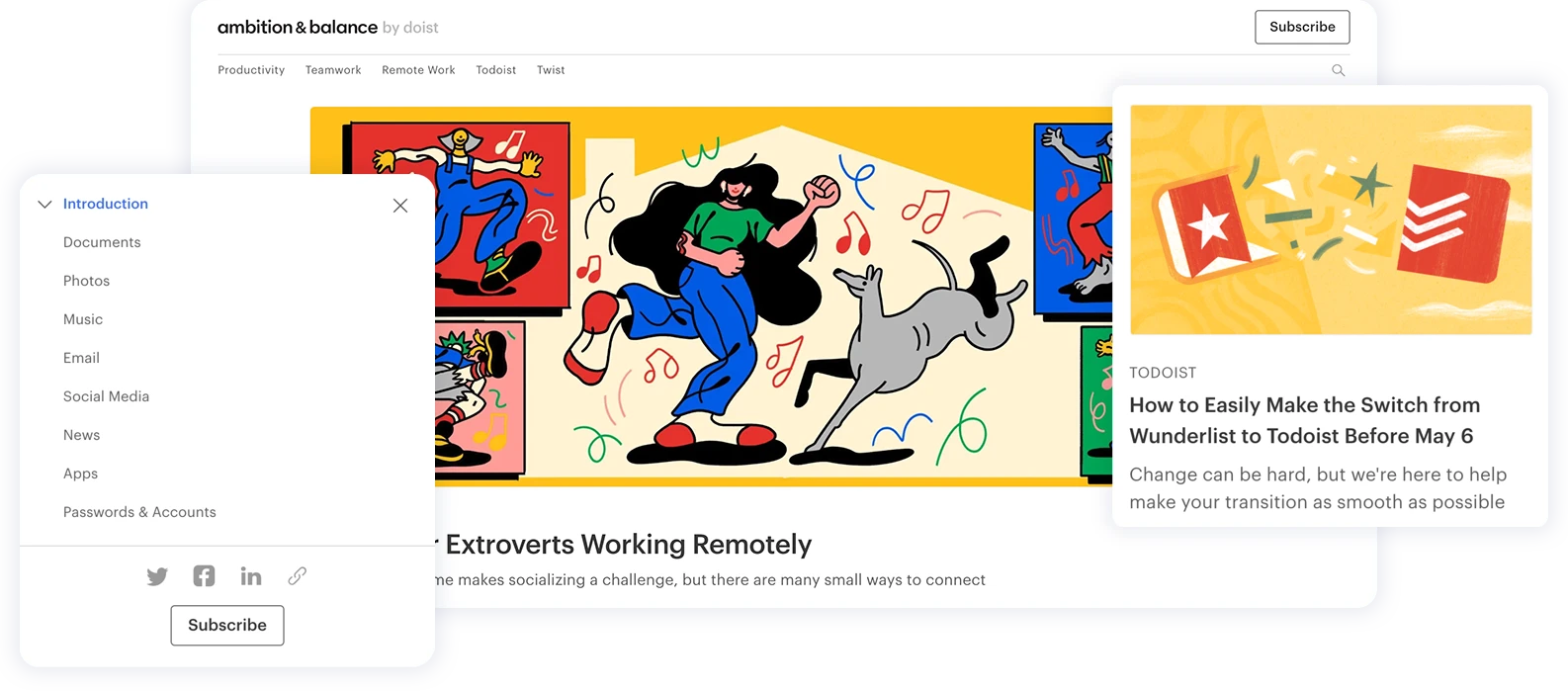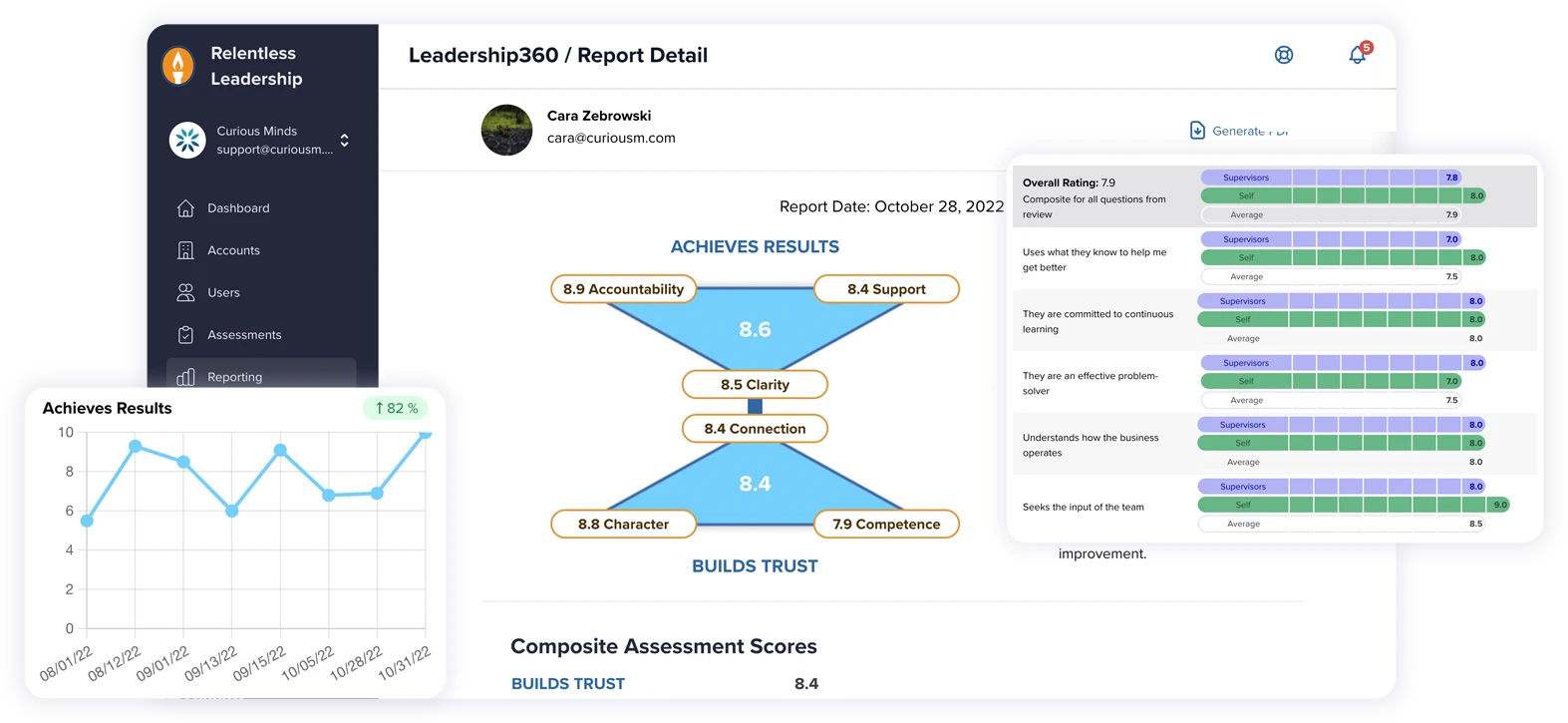“Slow is smooth, and smooth is fast.” – Anonymous, US Navy SEALs
In life, and in business, there are no guaranteed outcomes. Yet it’s human nature to attempt to control and manage risk. One way managers traditionally try to manage risk is by pressing their teams to move faster, increase output, and push ahead.However, what if a more moderated approach would yield better results over the course of the entire project? What if, by moving more slowly, we could better plan out our projects? What if we allow our teams to think more strategically, instead of always having to react tactically?
Moving Forward with Purpose
In our experience, the best development teams are the ones that move deliberately, with the appropriate amount of urgency for the given project. Many software projects are exceptionally complex, and require deep solutions. Teams that take the time to think deeply and critically about the initial structure and approach to a problem tend to have better outcomes. Ultimately, they move more quickly into the final stages of the project.
As managers that lead development teams, we need to push back against the mentality of getting a project done as fast as possible, and at all costs. Of course, there are times where a client may have an urgent bug, or a business constraint that requires an “all hands on deck” push, but I would posit that if we are doing our due diligence as developers and project managers, these moments should be few and far between.
We’ve previously spoken about the concept of technical debt in software development. The concept of “slowing down to speed up” is one of the main ways we can mitigate the accumulation of technical debt in development projects. This technical debt is the main source of bugs and friction in the development process moving forward. By building things right the first time, we accomplish two goals. One, we mitigate and prevent technical debt from accumulating. And two, building things right the first time, instead of quickly, pays dividends over the life of the project.
Doing It Right the First Time
Taking the time to allow development teams to carefully consider solutions, instead of finding the fastest solution, pays dividends as projects mature. It’s good to keep this in mind when setting client expectations. Your development teams will thank you. And so will your clients.



















